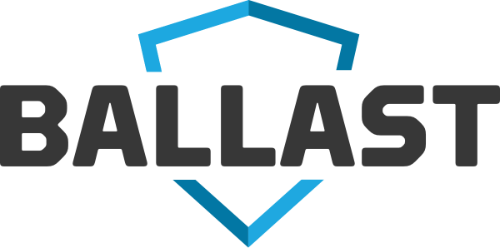With the ever-increasing importance of cybersecurity in business, many organizations are being asked to demonstrate the quality and effectiveness of their security programs by their customers and business partners. The AICPA’s SOC 2 and SOC for Cybersecurity attestation reports have become a de facto standard for independent assurance related to an organization’s security controls. With these examinations, the service organization (i.e. the company being audited) must provide evidence that they have a robust risk management program in place to meet various criteria for SOC reports.
The Role of Risk Assessments in SOC Reports
While there are distinct differences between SOC 2 and SOC for Cybersecurity, both frameworks require risk assessments to meet several of the required criteria. Prime examples of these criteria for both report types include:
- (SOC 2) CC 3.2—The entity identifies risks to the achievement of its objectives across the entity and analyzes risks as a basis for determining how the risks should be managed.
- (SOC for Cybersecurity) DC11—The process for (1) identifying cybersecurity risks and environmental, technological, organizational, and other changes that could have a significant effect on the entity’s cybersecurity risk management program and (2) assessing the related risks to the achievement of the entity’s cybersecurity objectives.
How BALLAST Helps Businesses with SOC Audits & Reporting
Because there are so many variables and moving parts that go into preparing a SOC report, working to meet the expectations of the SOC auditors can be a challenge. This is where BALLAST comes in.
Here are two distinct ways BALLAST can be a valuable tool for businesses that obtain SOC reports when it comes to meeting the expectations of your SOC auditors:
- BALLAST helps you proactively prepare for a SOC Audit. A key benefit of the BALLAST cloud solution is that it helps you proactively work towards meeting all the requirements of your audit. Not only is it designed to help you comply with the risk assessment requirements for SOC 2 and SOC for Cybersecurity, but it also allows you to gauge your readiness for the actual audit by performing a self-assessment against all the SOC criteria, if you so choose.
- BALLAST makes the audit process run more efficiently. One of the most challenging aspects of a cybersecurity audit is when an auditor asks for more information about a specific control requirement or aspect of your program. Many IT professionals spend hours digging for the information to answer those types of questions. BALLAST is built with an evidence repository that helps you more quickly respond to your auditor’s requests. This allows you to spend more time focusing on the important priorities of your job instead of trying to track down a specific artifact to satisfy your auditor’s request.
Preparing for a SOC audit is just one of the ways BALLAST makes SOC 2 & SOC for Cybersecurity compliance easier. In addition to the SOC Trust Services Criteria, many security frameworks also mandate risk assessments. While these frameworks will continue to evolve, risk assessments will always be an important priority of each framework. If your business is looking for an easier way to manage the risk assessment tasks that are required to maintain compliance, connect with our team to learn how BALLAST can help.



